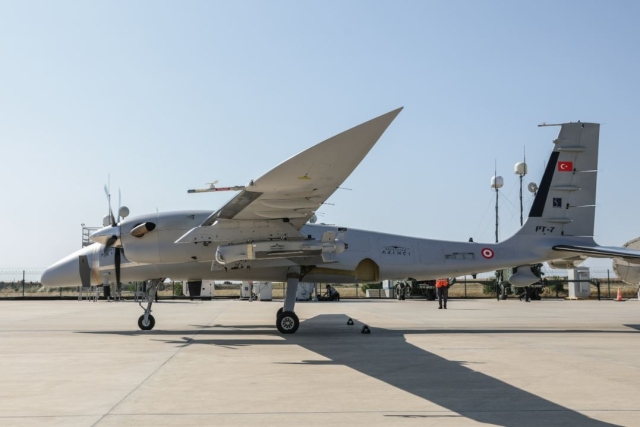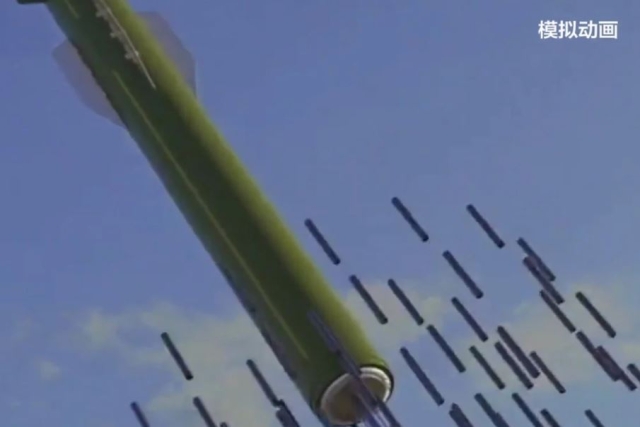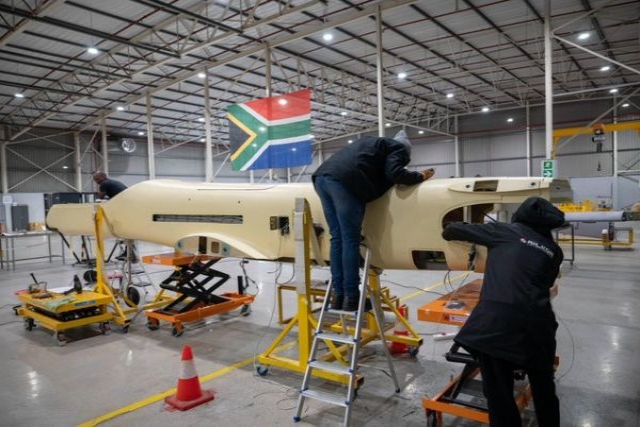India’s Next Gen Anti-Radiation Missile Likely To Begin Trials In July or August
India’s first indigenous next generation anti-radiation missile (NGARM) is likely to begin trails in July or August this year.
Trials of the NGARM with both seekers (eye of the missile that transmits radio frequency pulses and receives the echo from the intended target object) together will undergo a series of carriage and release flight trials, The Week reported Thursday.
The missile has been developed by Defense Research and Development Organisation (DRDO). Early this year, the DRDO had claimed that the NGARM was launched from a Sukhoi-30 MKI for the first time over Bay of Bengal.
Parameters such as control guidance, aerodynamics and propulsion without a seeker were tested during this maiden trial held on January 18.
The carriage flight trials will be conducted to evaluate the performance of seekers against a wide range of targets. Subsequently, release flight missions will be planned to demonstrate the mid-course guidance and terminal guidance using seekers.
The NGARM air-to-surface missile is capable of destroying the enemy surveillance radars, tracking system and communication facilities. It has a strike range of over 100 kms. This missile is first of its kind in India and can be launched from a range of altitudes.
The missile is approx 5.5 m with a cruciform wing surfaces to meet the manoeuvrability requirements. The all-movable tail control surfaces provide control in pitch/yaw/roll planes. The weight of the missile is around 600kg and is powered by a dual-pulse solid rocket motor system.
After completion of developmental trials, it will be integrated with Sukhoi fighter, Mirage jet and light combat aircraft Tejas.









